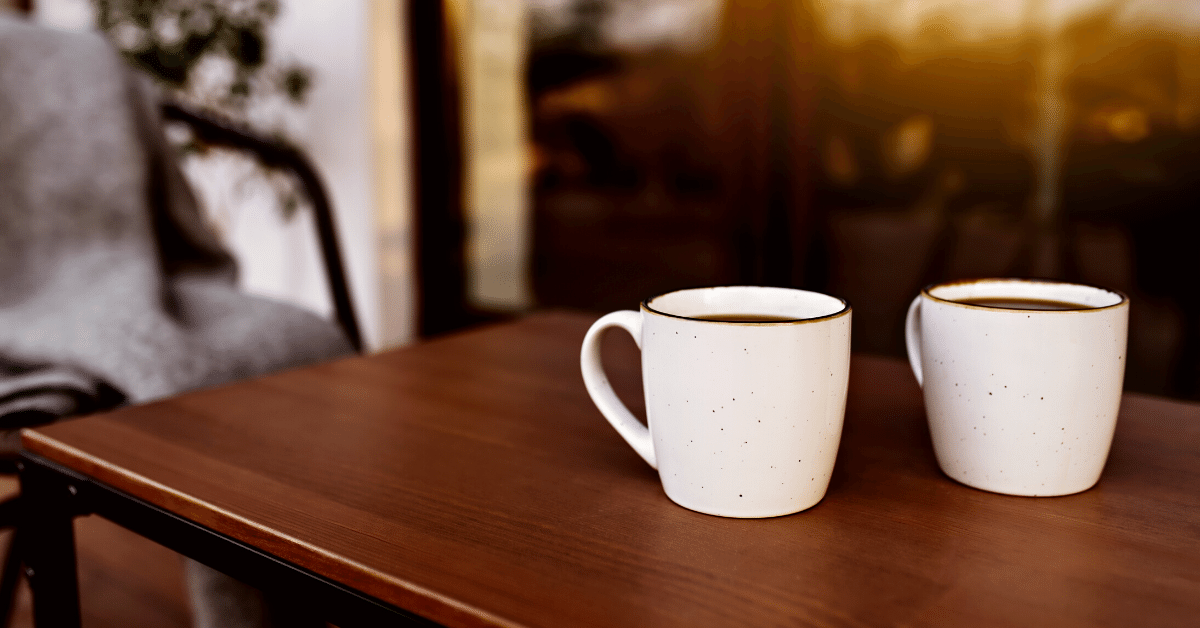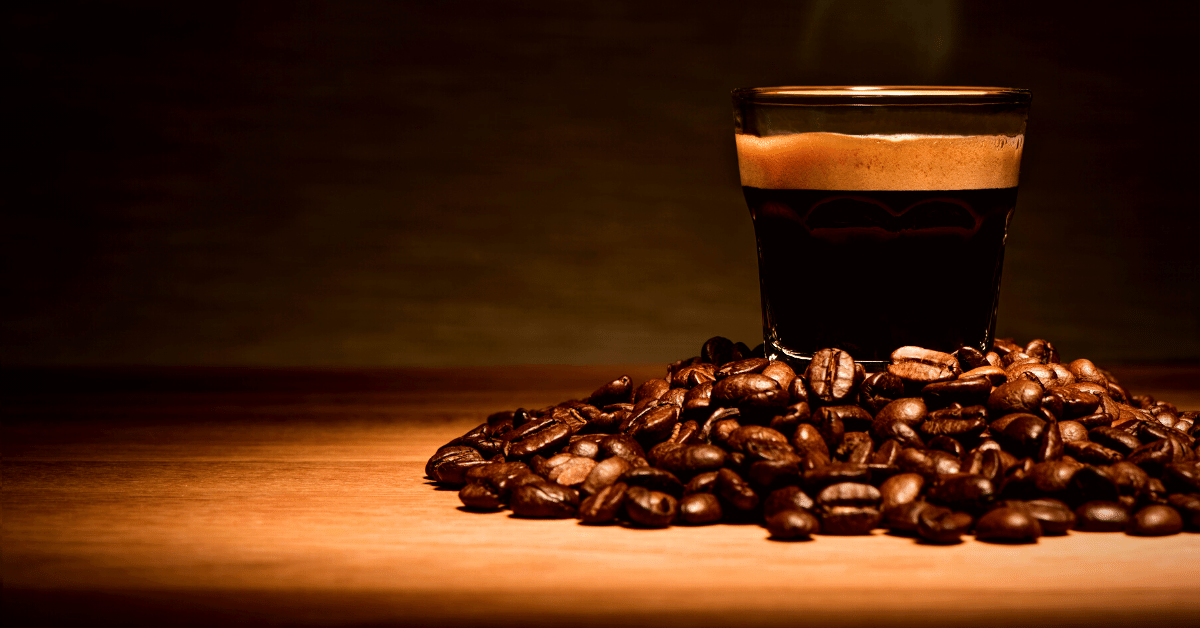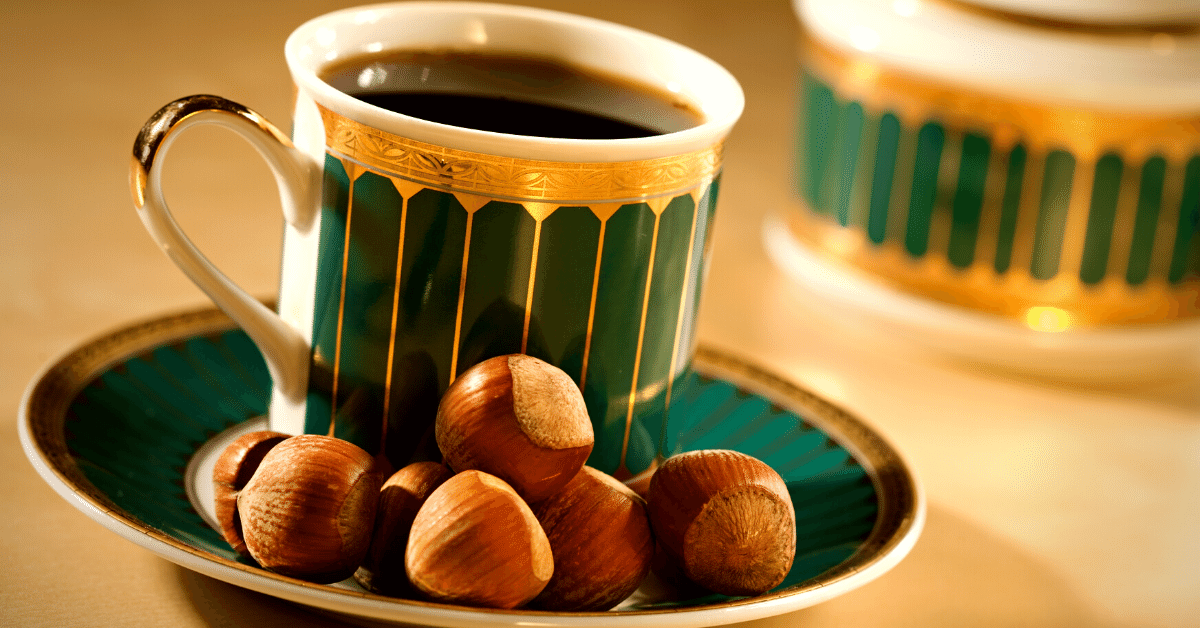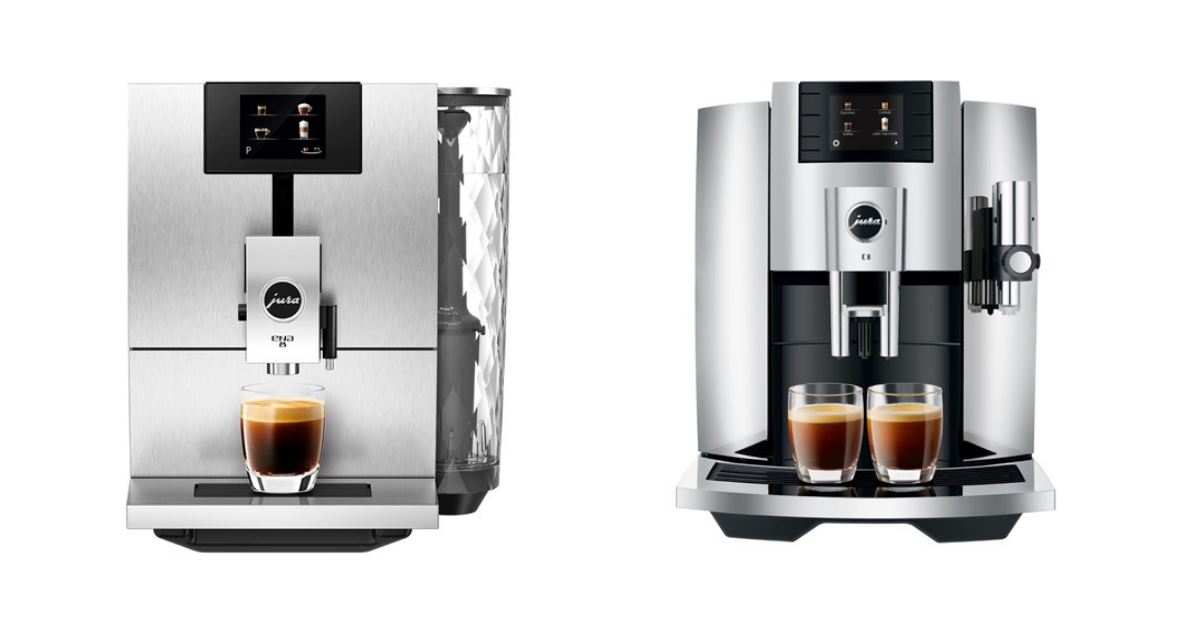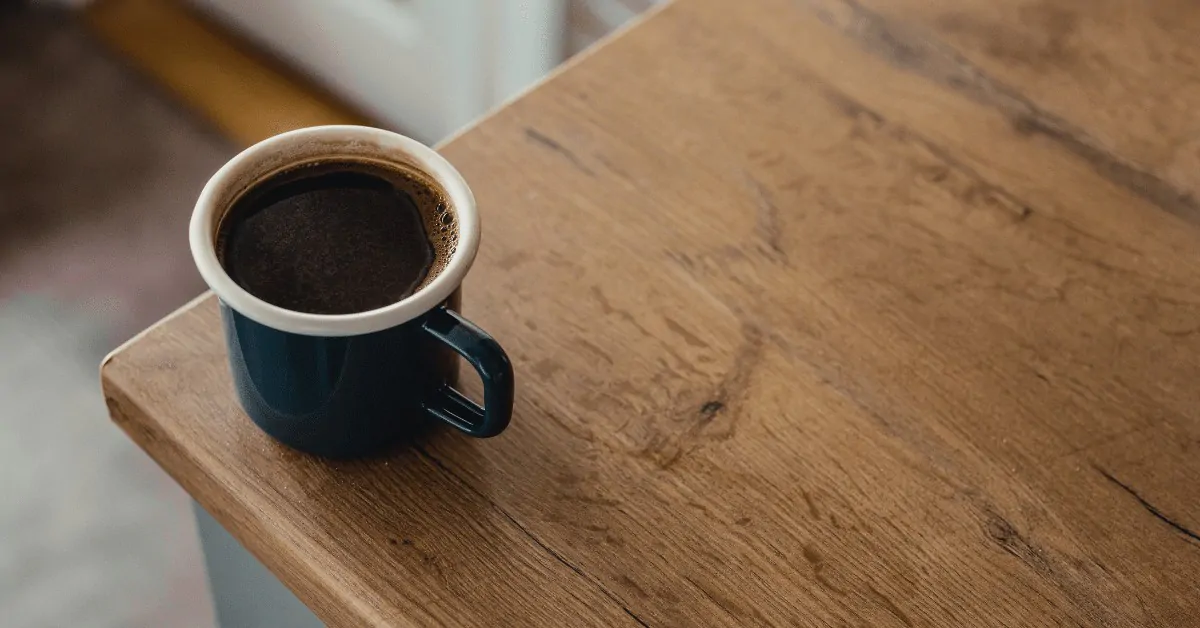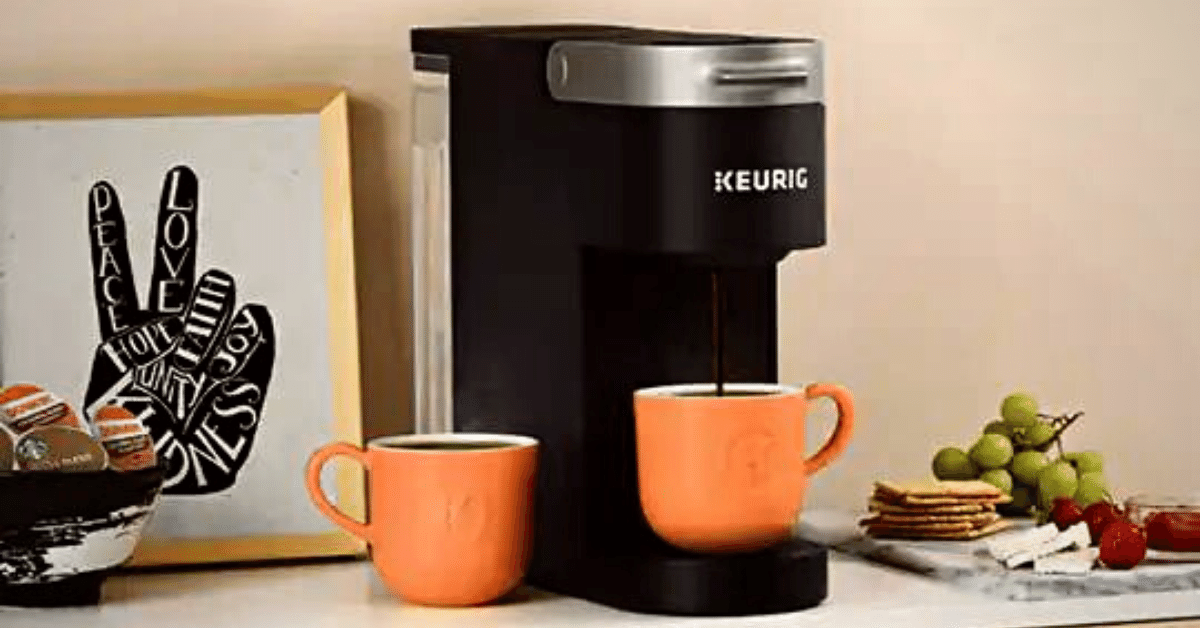Deciding on black coffee vs espresso? Jump into our guide and find out what makes these coffees different and how to choose between them.
If you’re confused by the term “black coffee,” you’re not the only one.
Isn’t every plain coffee dark in color, anyway?
True. But that doesn’t mean that espresso is considered black coffee.
In fact, these two drinks couldn’t be more different.
To explain their similarities, we need to touch up on all of their characteristics.
So, let’s get straight to the point.
Here’s the black coffee vs espresso showdown.
Black Coffee at a Glance
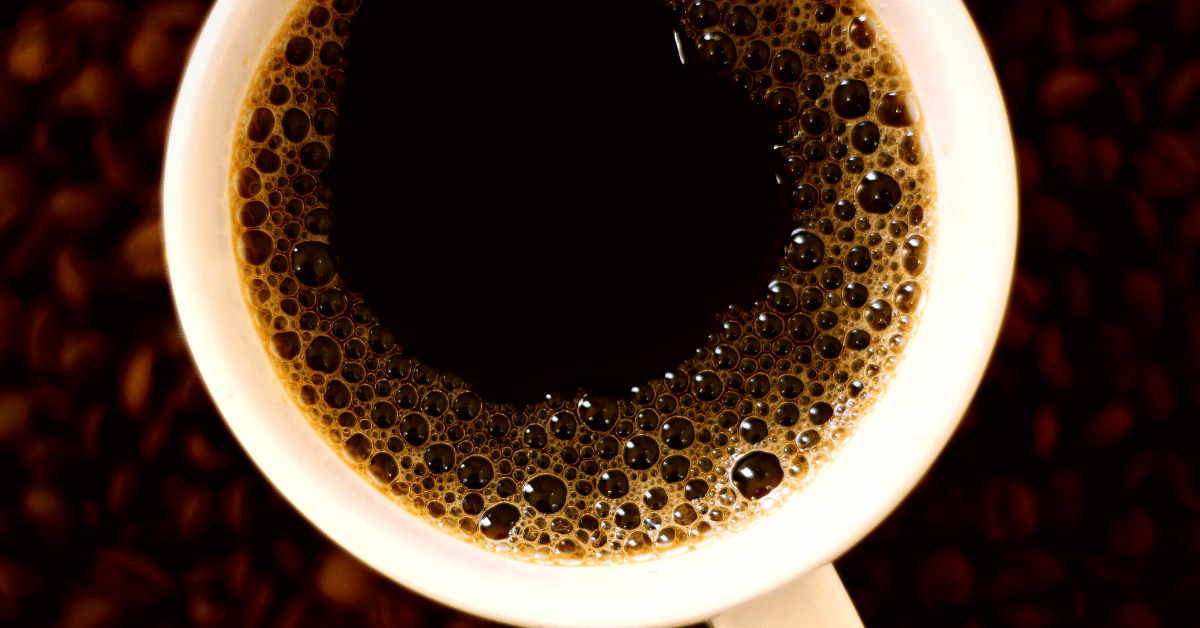
A large mug of hot, black liquid is pretty much a staple element of an American breakfast.
But what exactly is black coffee?
Basically, black coffee is simply a plain brewed coffee drink without milk or creamer.
Now typically, a drip coffee maker is the first that comes to mind when we’re talking about brewing black coffee. This is no surprise, given that owning such a machine has been popular since the 1970s.
However, the term black coffee is not exclusive to drip machines. After all, a drip coffee maker is just an automated pour-over brewing method. Therefore, the coffee you get with Chemex, Hario V60, or Kalita Wave will also be black.
So, whether the machine is doing the whole brewing or you have to give your own input, it doesn’t matter. Unless you add milk, you’re drinking black coffee.
Espresso at a Glance
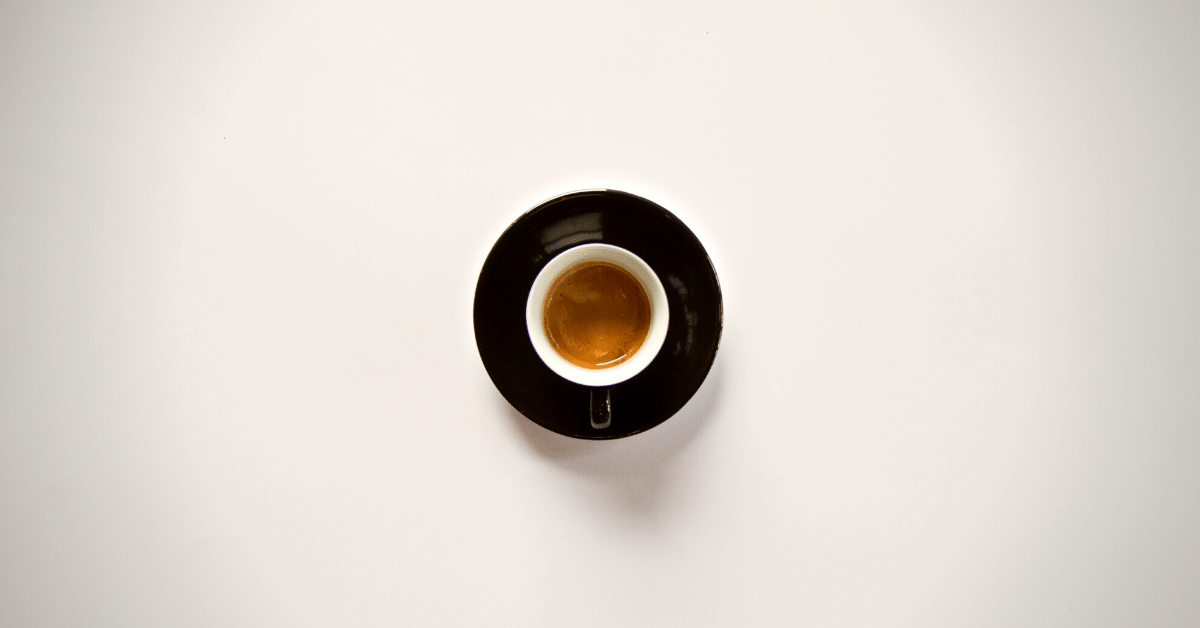
Truth be told, espresso consists of coffee grounds and water – just like black coffee.
But even at first glance, the difference between the two drinks is pretty clear.
First, ordering an espresso won’t get you a large, full mug of liquid. Well, you do get a full cup, but we’re talking about a demitasse, which has a capacity of a single ounce.
But even though it has a small serving size, espresso coffee is a strong drink that can satiate your caffeine needs.
That’s because espresso is a full-bodied and very concentrated cup of coffee. To make espresso, hot water is forced through packed coffee grounds. It sounds simple, but it’s a delicate process only an espresso machine can do right.
And due to the pressure, what you get in your cup is not a pitch-black liquid. Instead, espresso has three layers:
- Heart – this is the bottom layer, which is dark brown in color. This is where most extracted compounds end up and where the strength and aroma of the drink lie. It’s thick and viscous, like melted chocolate.
- Body – the middle layer is what contains most flavor notes. It’s caramel in color and is responsible for the mouthfeel of the espresso.
- Crema – this is the layer that sits on top of your drink. Crema mainly consists of coffee oils and carbon dioxide, which is why it’s slightly bubbly and stays on top.
And all this goes into a one-ounce cup. Pretty impressive, right?
Black Coffee vs Espresso: The Difference
Although they’re both made with just water and coffee grounds, black coffee and espresso couldn’t be any more different. So, let’s discuss each dissimilarity individually.
The difference in the brewing method
To make black coffee, the easiest method is to use an automatic drip coffee maker. However, you can also make it with manual pour-over drippers, such as:
- Chemex
- Melitta
- Kalita Wave
- Hario V60, etc.
While there are some differences between an automatic drip machine and a manual dripper, the premise is the same. They work by passing water through a filter filled with coffee grounds. There’s no pressure involved – gravity does the work.
One thing that’s the same for all of these brewers is that making coffee takes a while. Generally, you can expect it to take anywhere from 3 to 5 minutes.
It’s also worth noting that all of these previously mentioned brewers use a medium to medium-coarse coffee grind size. For comparison, the coffee particles should be roughly the same size as the sand.
When it comes to espresso, there’s only one brewing method available. In other words, you need a proper espresso machine.
These machines are built to hit 9 bars of pressure when forcing water through the packed coffee grounds. And that pressure is what allows us to make an espresso shot in just 30 seconds instead of a couple of minutes.
But it’s not just about pressure. In order for this brewing method to work, there needs to be some kind of resistance to the water being pressured through coffee grounds.
That’s achieved by using finely ground coffee, kind of like table salt. But that’s not all. You need to tamp down those grounds into a puck, which is dense and uniform. Together, those factors work to achieve a rich, concentrated cup of espresso.

It’s worth noting that there are a few other brewing methods that give you espresso-like coffee. AeroPress and Moka pot both use pressure to create a strong coffee.
Still, the pressure is nowhere near the same as the one espresso machine can create. Therefore, the coffee you get using either of the two brewers is not a true espresso.
IN A NUTSHELL
Black coffee can be made using a drip machine or any pour-over brewer. All of them involve pouring water over a filter filled with coffee grounds. For espresso, water needs to be pushed through the grounds using pressure, which only an espresso machine can do.
The serving size
When it comes to black coffee, it’s hard to define the standard serving size. Generally, it depends on the coffee shop you’re getting your coffee from. In most places, a standard cup of black coffee contains 8 ounces. Still, there are cafés that serve it as a 4-ounce drink.
And then we have automatic drip coffee makers, which typically consider 6 ounces to be a single serving size.
Things are different when it comes to espresso.
The standard serving of espresso is one ounce. That’s why it’s served in that tiny cup called a demitasse.
Still, not all cafés use the standard serving size. Starbucks, for instance, considers a single serving of espresso to be just 0.75 ounces.
IN A NUTSHELL
Depending on where you get your cup of joe, black coffee serving can range from 4 to 8 ounces. When it comes to espresso, that drink is typically only one ounce.
How they taste

First, I’d like to make one thing clear – bean variety and roast level have a big effect on how coffee turns out. That’s why two espressos made with different coffee beans can have rather distinctive flavors.
But if we were to use the exact same beans for making both black coffee and espresso?
Well, the coffee brewing method has a say in the flavor.
Black coffee tends to be mild and slightly acidic, with a well-rounded flavor profile. And because drip and pour-over methods use paper filters, the coffee is free from natural oils and has a light body.
As for espresso, there are no paper filters involved, so oils do get inside your cup. That’s why this type of drink has a thick consistency and rich mouthfeel.
As for the flavor, espresso is bold and slightly bitter but with a sweet finish.
IN A NUTSHELL
While black coffee is mild and has a thinner body, espresso is strong and with a rich mouthfeel.
The difference in aroma
To be honest, there isn’t a very noticeable difference between black coffee and espresso.
That’s because, ultimately, it depends on the coffee bean you’re using. So whether your coffee or espresso smells smoky, floral, or nutty, it’s due to the beans. The brewing process itself does very little for aroma.
With that being said, one thing your coffee (be it black or espresso) shouldn’t smell like is burnt. If that’s the case, the water was too hot, and the drink wasn’t prepared correctly.
IN A NUTSHELL
Both espresso and black coffee will smell like the beans used for making those beverages. The brewing method doesn’t really change the aroma of the drink.
The bitterness of the drinks
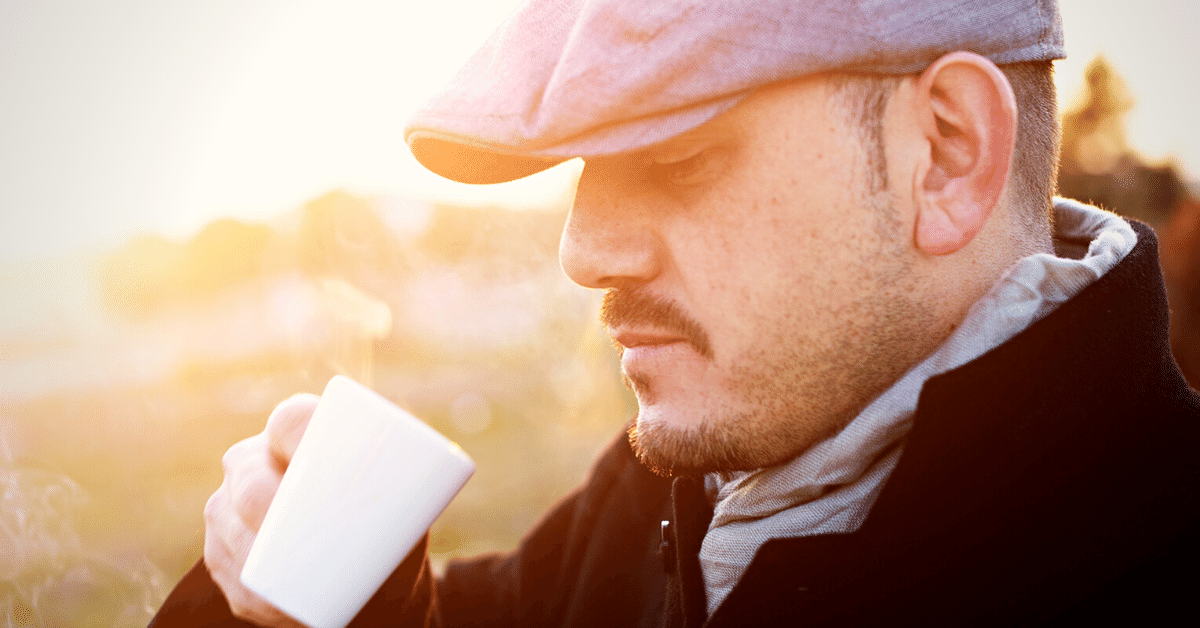
Typically, you want your cup of joe to have some bitterness to it. In fact, those bitter notes ensure the overall flavor is well-balanced.
Between the two, espresso should be slightly more bitter than black coffee. That’s because espresso has an intense flavor, so every note is accentuated.
With black coffee, bitterness is mellowed down due to the thinner consistency of the drink. In fact, if your black coffee is bitter, that typically means it got a bit over-extracted.
IN A NUTSHELL
Generally, espresso is slightly more bitter than black coffee. This doesn’t come as a surprise, given that espresso is already more intense in flavor compared to plain black java.
The difference in acidity
Acids are among the first compounds to be extracted during the brewing process. That’s why both espresso and black coffee will have a certain degree of acidity to them.
However, black coffee might appear more acidic than espresso.
Why?
Well, the paper filter prevents sediment and coffee oils from getting into the cup. Without them, coffee’s actual acidity is more prominent. On the other hand, those oils balance out the flavor of espresso, which is why it appears less acidic.
In other words, the actual amount of acids dissolved in both drinks could be at the same level. However, other compounds are responsible for accentuating or distinguishing the acidity of coffee.
IN A NUTSHELL
Black coffee can appear more acidic than espresso. That’s because black coffee’s mild flavor allows acidic notes to come through rather than the actual amount of acids dissolved in it.
Caffeine content

If we were to compare both drinks per ounce, espresso has more caffeine. To be precise, an ounce of espresso contains about 63 milligrams of caffeine. Black coffee, on the other hand, has just 12 to 16 milligrams per ounce.
However, you don’t really drink an ounce of regular coffee.
If we were to consider a standard black coffee serving to be 8 ounces, that means you get about 96 to 128 milligrams of caffeine in a cup.
So, which one of these drinks will keep you awake for longer?
It depends on the amount you drink at once
IN A NUTSHELL
Per ounce, espresso beats black coffee by a large margin. But if we compare them by serving size, a cup of black coffee wins in that case.
Health benefits of the drinks
In general, coffee has quite a few health benefits.
First, it contains chlorogenic acid. This acid regulates glucose and insulin, decreases blood pressure, and boosts cardiovascular function.
Other plant chemicals it contains are diterpenes, the most known ones being cafestol and kahweol.
Now, diterpenes have some great benefits, including antimicrobial and anti-inflammatory activities.
But, there are other, not-so-great effects diterpenes have on health. Most importantly, they can raise LDL cholesterol (the “bad” one) and liver enzymes.
How does that apply to espresso and black coffee?
Well, the paper filter plays a role here. Basically, it can remove up to 30 times more diterpenes than what ends up in the unfiltered cup.
Therefore, black coffee contains less of these substances than espresso.
IN A NUTSHELL
Generally, coffee is considered to be a healthy drink when consumed in moderation. But between the two, black coffee is slightly healthier as it contains fewer diterpenes.
FAQ
Still on the fence about either of the two drinks? Here’s a short FAQ that should solve any unanswered questions.
What is coffee with milk called?
Regular black coffee with added milk is conveniently called white coffee. When it comes to espresso, there are many variations, including milk, such as latte or cappuccino.
What is the difference between a latte and an espresso?
Espresso is the base drink for many milk coffees, including latte. To be precise, a latte is made by adding steamed milk to espresso in a 1:3 ratio.
What coffee is best for your stomach?
The best coffee for your stomach is the one made with dark roast. Dark roast coffee is lower in acidity than light roast and, thus, gentler on your stomach.
To Sum Things Up
While they’re made with the same ingredients, black coffee and espresso are totally different drinks.
From brewing method and serving size to taste and acidity, the similarity is quite apparent.
Nevertheless, both drinks are delicious and will give you the much-needed caffeine kick in the morning.
Looking for a strong pick-me-up drink? Here’s our in-depth article about the caffeine content of different coffee beverages.

